The Independent's journalism is supported by our readers. When you purchase through links on our site, we may earn commission.
Ditching the Deutsche: Renault Rafale E-Tech
In an already crowded market, can the French car manufacturer make an SUV that stands out? Sean O’Grady finds that even ‘little puffs of wind’ can breathe new life into familiar designs

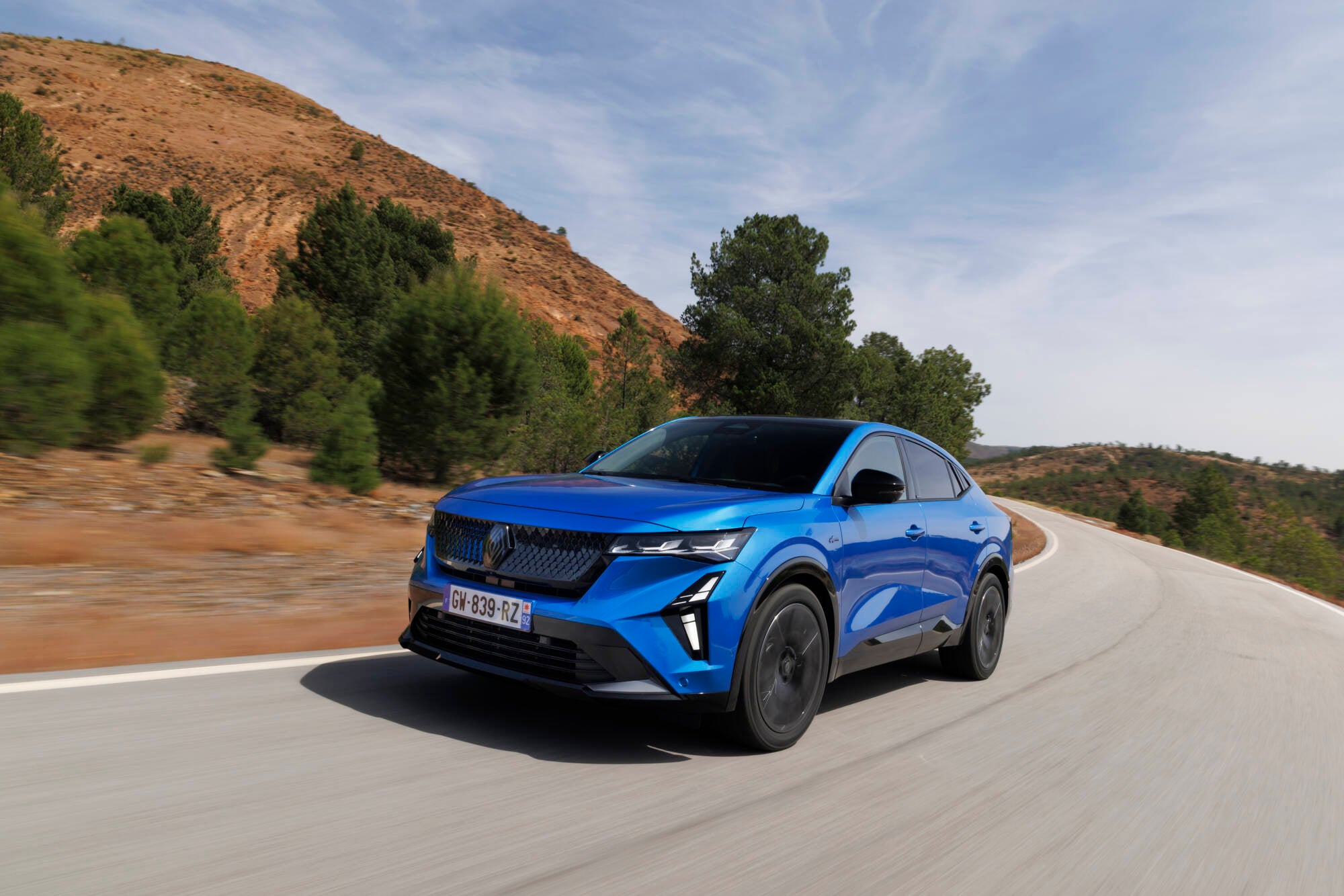
Your support helps us to tell the story
From reproductive rights to climate change to Big Tech, The Independent is on the ground when the story is developing. Whether it's investigating the financials of Elon Musk's pro-Trump PAC or producing our latest documentary, 'The A Word', which shines a light on the American women fighting for reproductive rights, we know how important it is to parse out the facts from the messaging.
At such a critical moment in US history, we need reporters on the ground. Your donation allows us to keep sending journalists to speak to both sides of the story.
The Independent is trusted by Americans across the entire political spectrum. And unlike many other quality news outlets, we choose not to lock Americans out of our reporting and analysis with paywalls. We believe quality journalism should be available to everyone, paid for by those who can afford it.
Your support makes all the difference.Renault Rafale, then. Yet another SUV. This time it’s a conventional full hybrid with pronounced coupe styling, a very contemporary crisp sort of look, lots of piano black exterior trim, and, as ever in the class, great big allow wheels. As we all know, there is a plethora of SUVs to choose from these days, from Alfa Romeo to Rolls Royce to Lotus. No one would argue we need yet another one to clog up the roads and shoehorn into a parking space.
So the question is, if this big new Renault didn’t exist, would you need to invent it?
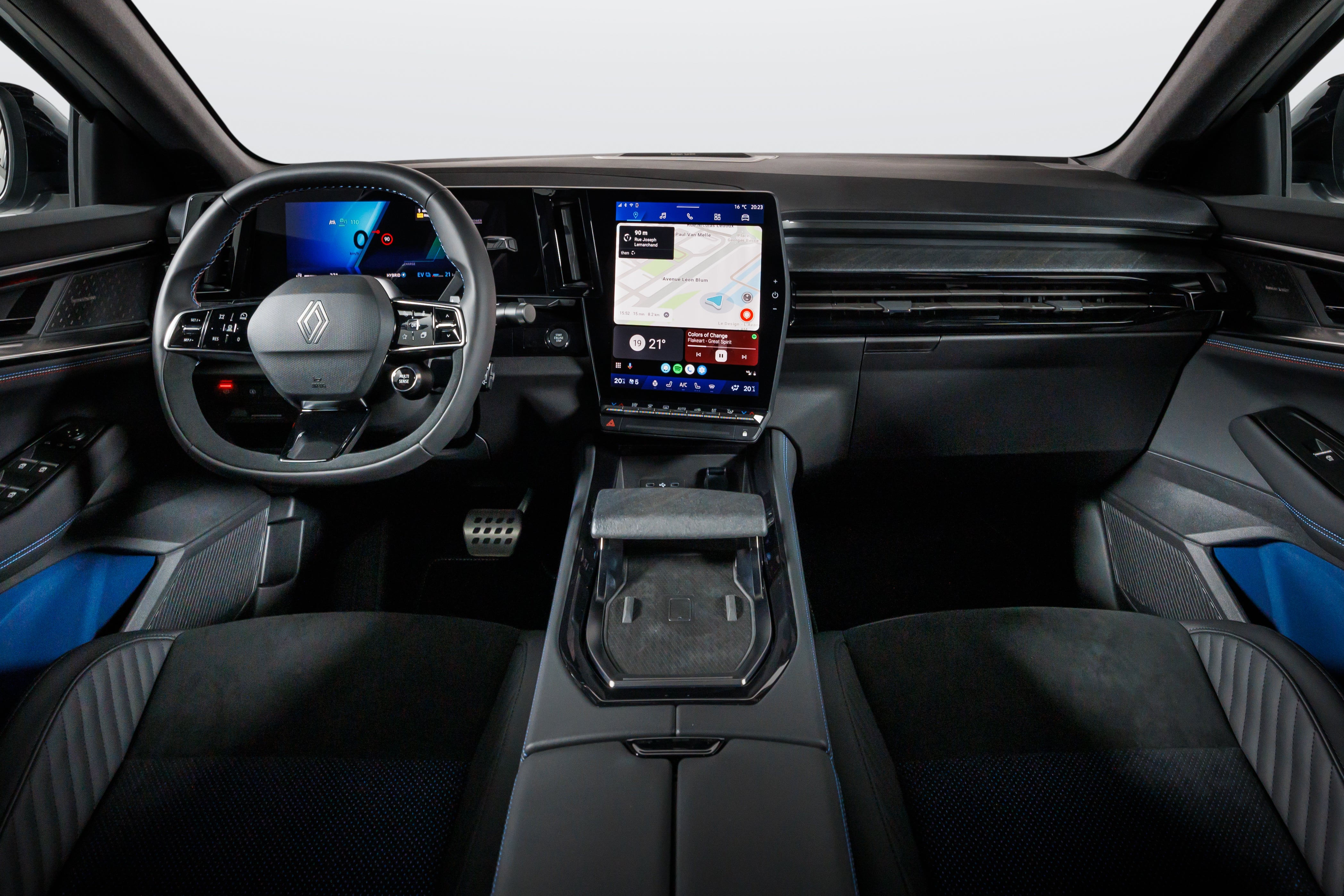
On balance, I’d say yes. Competition, after all, is good because it means that consumers can get a better deal, and because it encourages manufacturers to innovate. Here I have to concede that the Renault Rafale, in truth, isn’t a terribly different looking design. It’s pretty generic, in fact, and highly reminiscent of products from its fellow French marques, the Peugeot 3008/5008 (old and new versions), and the seldom seen Citroen C5 X.
It’s chunky at the front, with the fashionable “premium” style grille, highly-styled LED lights, high-waisted from the side, and boasts a pronounced “bustle” at the rear. It’s not distinctive but it’s not bad looking either.
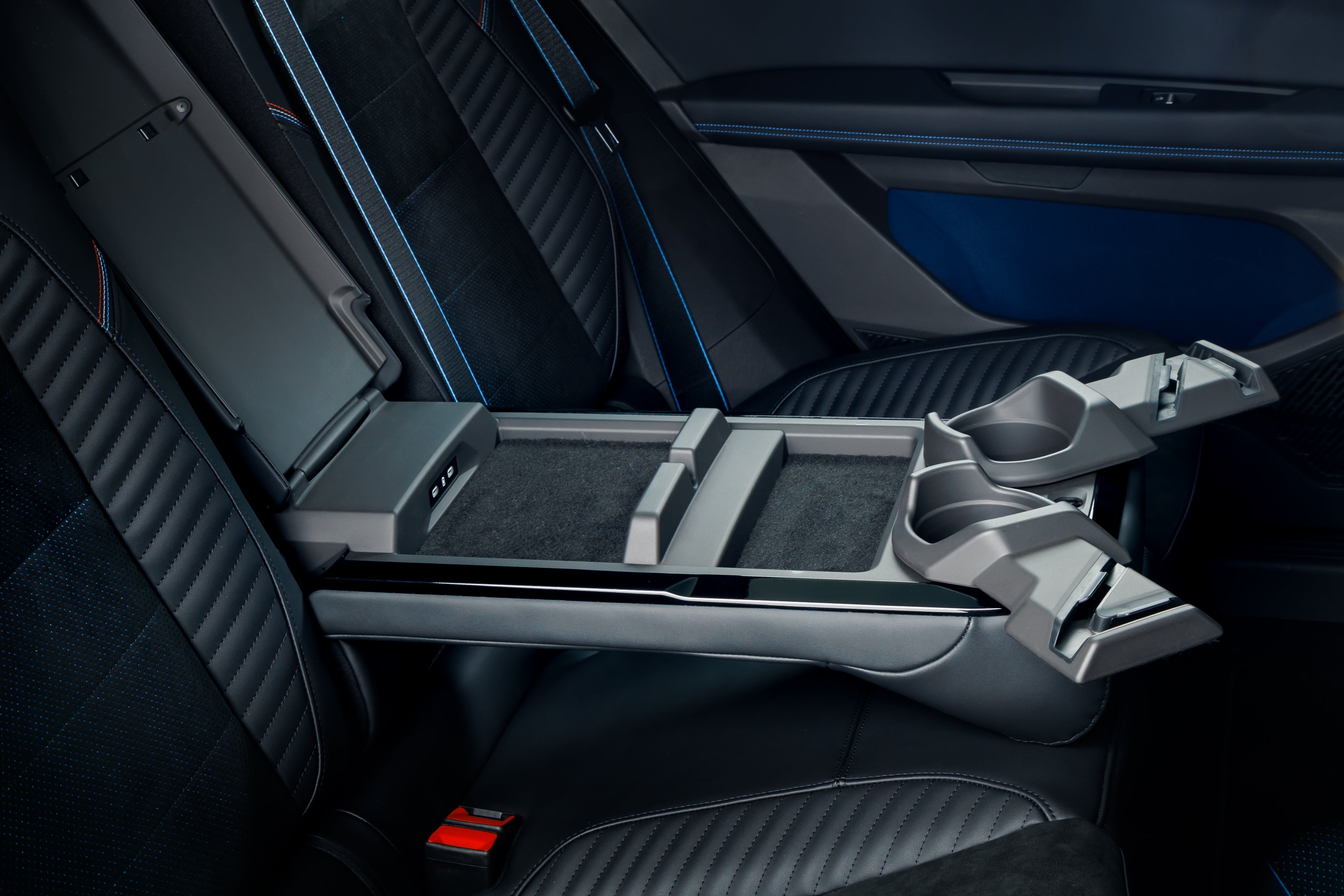
The same goes for the interior, which again doesn’t break new ground but is tastefully trimmed with some excellently comfortable seats in a warm alcantara fabric. The higher trim levels also get the well-regarded Harman Kardon audio system, voice command control, and a heads-up display of speed and so on projected on the windscreen – good for safety.
The Rafale’s ride is good, only getting caught out on the most vicious of speed traps; for a heavy car the handling is also pretty good, though the steering could do with being a touch more direct.
If you would like a bit more visual drama indoors and out, by the way, I’d recommend the Cupra Formentor or a Maserati Levante.
Yet the Rafale does do some things that its mainstream competition doesn’t do. Such as… four-wheel steering, with the rear wheels turning in the opposite direction (a little) to help with low-speed manoeuvring (say, in tight corners in multistorey car parks), and at high speeds, when it helps stabilise the vehicle. The effect is quite moderate in both cases, indeed almost imperceptibly so, but I can believe that it’s a useful feature – and usually only found on some variants of more expensive makes such as the Porsche Cayenne and Mercedes EQE.
THE SPEC
Renault Rafale E-Tech 200hp
Price: £44,695 (as tested; range starts at £38,125
Engine capacity: 1.2l petrol 3-cyl, 6-sp auto + 2x elec motor
Power output (hp): 200
Top speed (mph): 111
0 to 60 (seconds): 8.9
Fuel economy (mpg): 60.1 (inc battery-only use)
CO2 emissions (WLTP, g/km): 107
The downside, obviously, is some concern about the long-term durability of such an advanced feature; but for the new car buyer, it should be covered by the warranty. (I’ve no necessary reason to query the Renault’s quality, by the way; it’s just an another thing to go wrong, to express an old-fashioned attitude).
Second, and it’s quite fun, is the self-described “ingenius armrest” (a Renault registered trademark), at the back. It’s hard to describe but basically the armrest comes down, as usual, you lift a flap and there are a couple of claw-like bits of plastic that lift out and can hold either a couple of smartphones or a tablet to keep those in the back seats (especially the kids) happily occupied on a journey.
Like the four-wheel steering, it’s not something that anyone walks into a car showroom and asks for, but, well, it is novel at least.
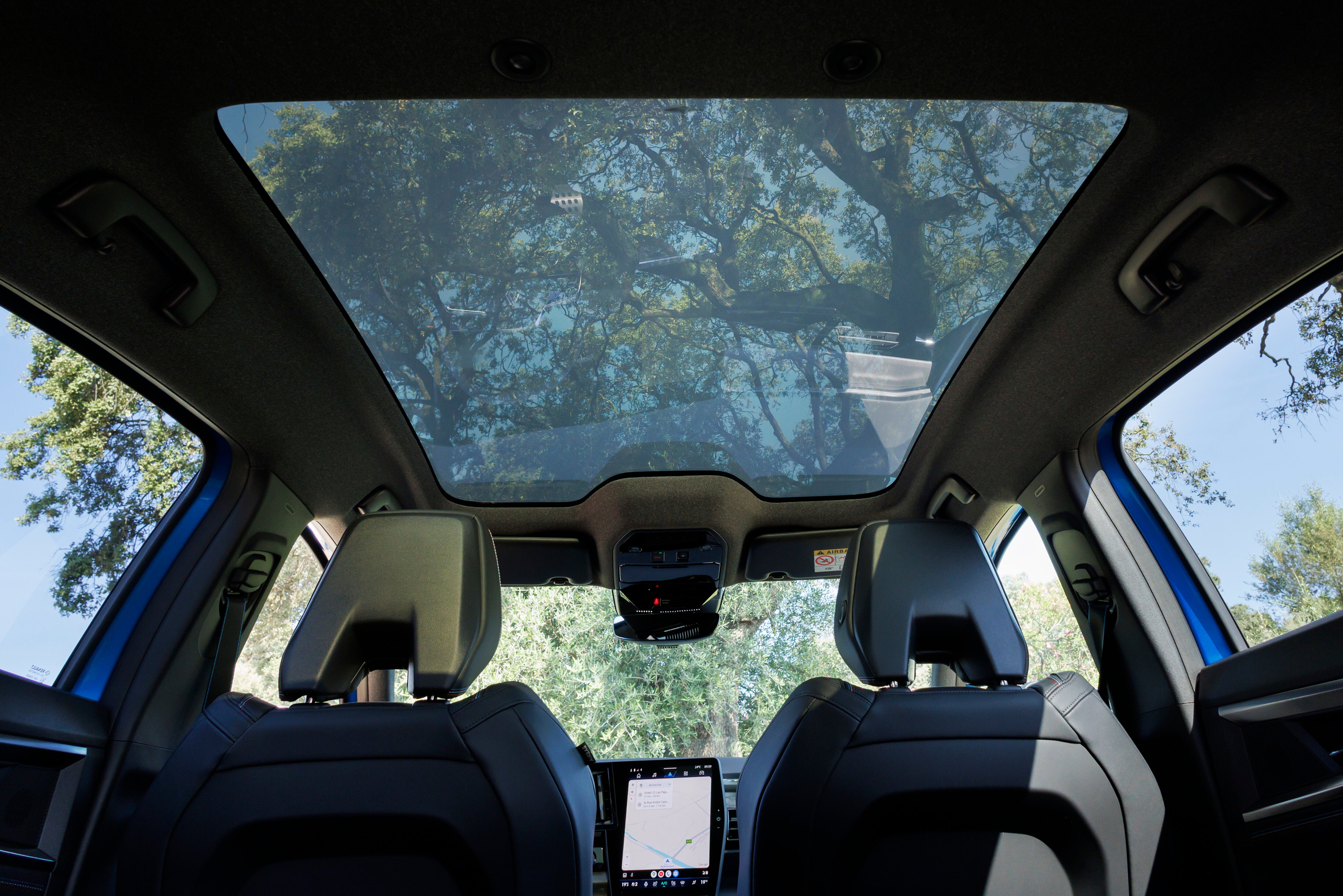
The Renault really makes a case for itself in being thoroughly class competitive, on price, space and equipment levels. Benchmarked against (deep breath) the Nissan X-Trail, Audi Q2, Toyota RAV4, Hyundai Santa Fe, Volkswagen Tiguan, Peugeot 3008, and BMW X2, it can claim the following on all of them: superior fuel economy (and CO2 emissions), as taxable benefit in kind.
All versions of the Rafale also have a rather cool panoramic glass roof with variable opacity, that four-wheel “4control advanced” steering system, two 12-inch touchscreens and front, rear and side parking sensors.
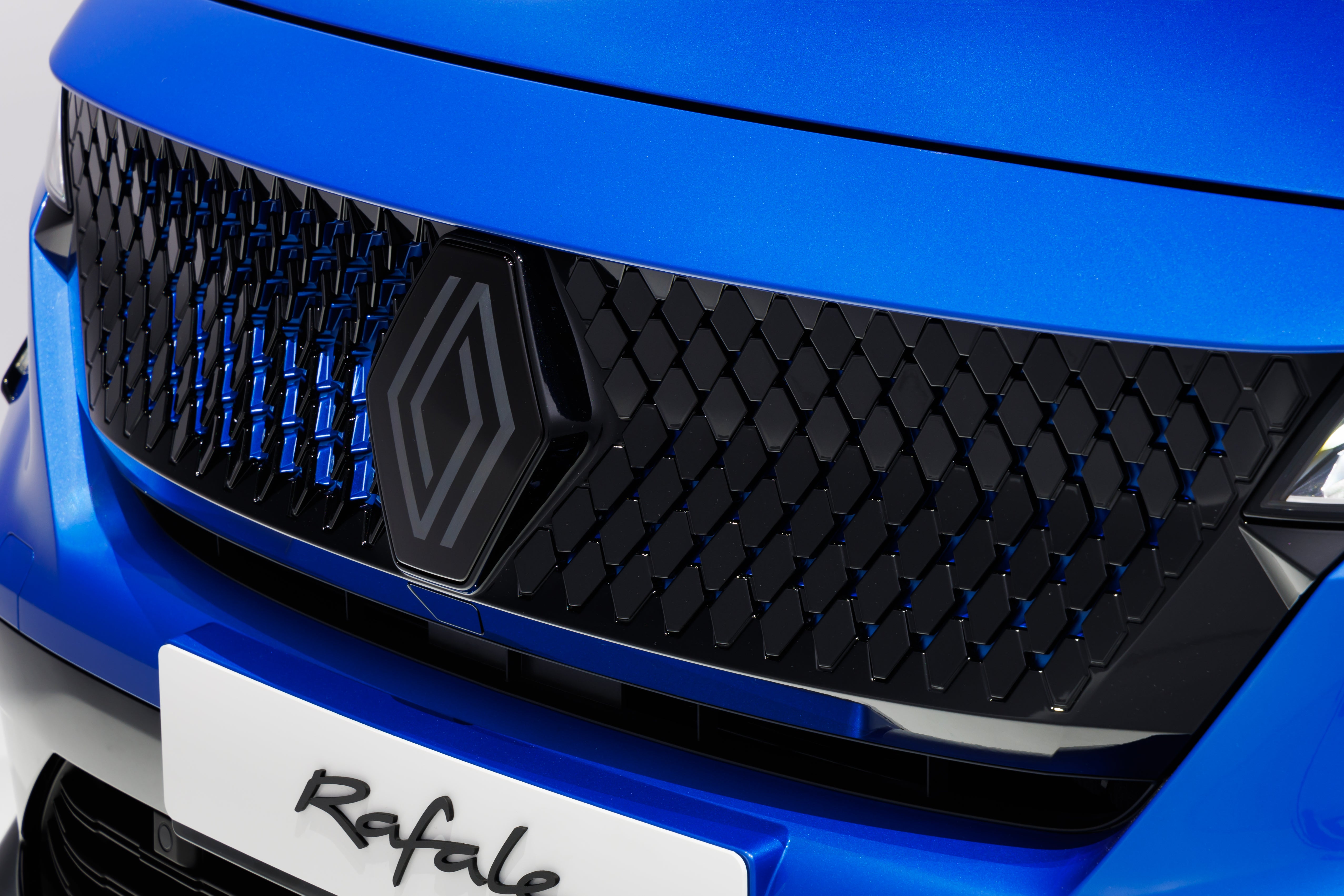
“Rafale” means a little puff of wind, as well as being the same of a pioneering pre-war aircraft, and this new coupe SUV deserves to give Renault a bit of a boost in the large “D-segment” of the car market. In the UK the firm hasn’t had much luck in this sector since they stopped making the Laguna and Safrane.
Car nuts enjoyed the joie de vivre we saw in the avant-garde Vel Satis and Avantime, but the time has come, to mix languages, to take the game to the German premium competition and “ditch the Deutsche”. Hence the invention of the Rafale. It will be interesting to watch, and, indeed, drive.
Join our commenting forum
Join thought-provoking conversations, follow other Independent readers and see their replies
Comments